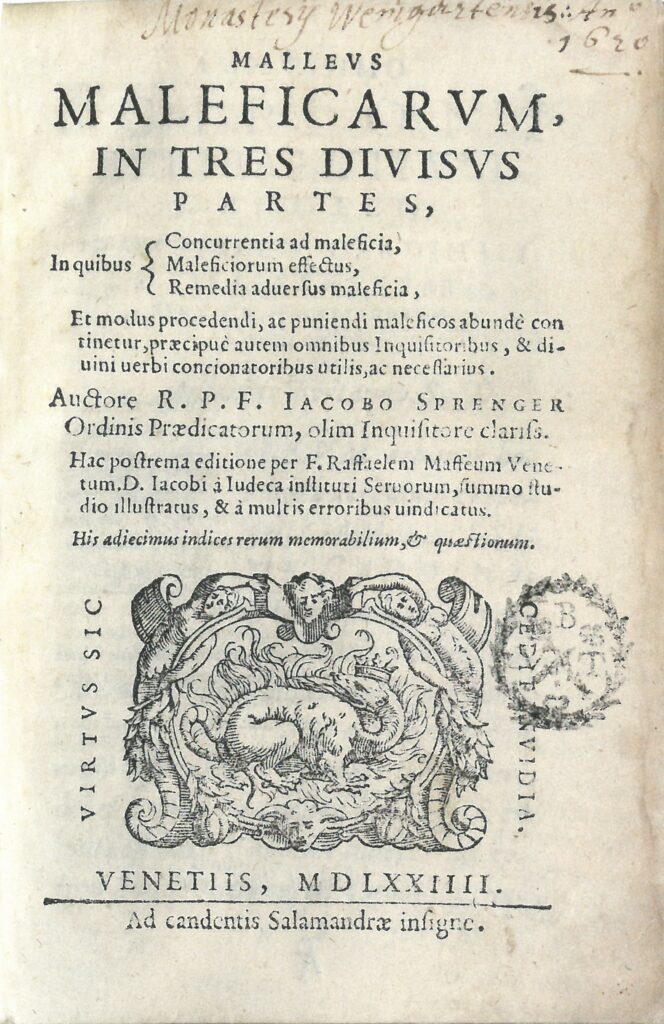First witch trials across cities in the Holy Roman Empire and editions of demonological texts (Malleus maleficarum in solid black lines; other texts, described in the appendix, in dashed grey). Credit: Theory and Society (2024). DOI: 10.1007/s11186-024-09576-1
According to Doten-Snitker, the advent of the printing press allowed for the rapid dissemination of ideas about witchcraft that had previously been confined to small intellectual circles, such as religious scholars and local inquisitors. The most infamous of these publications, the Malleus maleficarum, was both a theoretical and practical guide for identifying, interrogating, and prosecuting witches. Doten-Snitker explains that once these manuals entered circulation, they provided a framework for how local authorities could manage suspected witchcraft in their communities.
For their study, Doten-Snitker and colleagues build on previous research by looking beyond broad economic and environmental factors and focusing on how new ideas about witchcraft spread through social and trade networks, influencing behaviors in a slow but powerful way.
They analyzed data on the timing of witch trials and the publication of witch-hunting manuals from 553 cities in Central Europe between 1400 and 1679, when there was a noticeable reduction in both the frequency and intensity of persecutions. Their findings suggest that the publication of each new edition of the Malleus maleficarum was followed by an increase in witch trials. However, it wasn’t just proximity to a printing press that determined whether a city would conduct trials; the influence of neighboring cities played an equally important role.
As one city adopted the practices outlined in the Malleus maleficarum, nearby cities often followed suit, learning from each other’s actions. This process, which Doten-Snitker and her co-authors term ideational diffusion, often took many years as people in towns and cities needed time to digest new ideas about witchcraft and turn them into behavior. However, once it took hold it created a slow but powerful ripple effect that percolated across the continent.
Though the research focuses on historical witch trials, Doten-Snitker sees clear modern parallels on how large-scale social change occurs.
“The process of adopting witch trials is not unlike how modern governments adopt new policies today,” Doten-Snitker said. “It often starts with a change in ideas, which are reinforced through social networks. Over time, these ideas take root and change the behavior of entire societies.”
More information:
Kerice Doten-Snitker et al, Ideational diffusion and the great witch hunt in Central Europe, Theory and Society (2024). DOI: 10.1007/s11186-024-09576-1
Provided by
Santa Fe Institute
Citation:
How a witch-hunting manual and social networks helped ignite Europe’s witch craze (2024, October 8)
retrieved 8 October 2024
from https://phys.org/news/2024-10-witch-manual-social-networks-ignite.html
This document is subject to copyright. Apart from any fair dealing for the purpose of private study or research, no
part may be reproduced without the written permission. The content is provided for information purposes only.
Source link : https://phys.org/news/2024-10-witch-manual-social-networks-ignite.html
Author :
Publish date : 2024-10-08 18:42:12
Copyright for syndicated content belongs to the linked Source.
